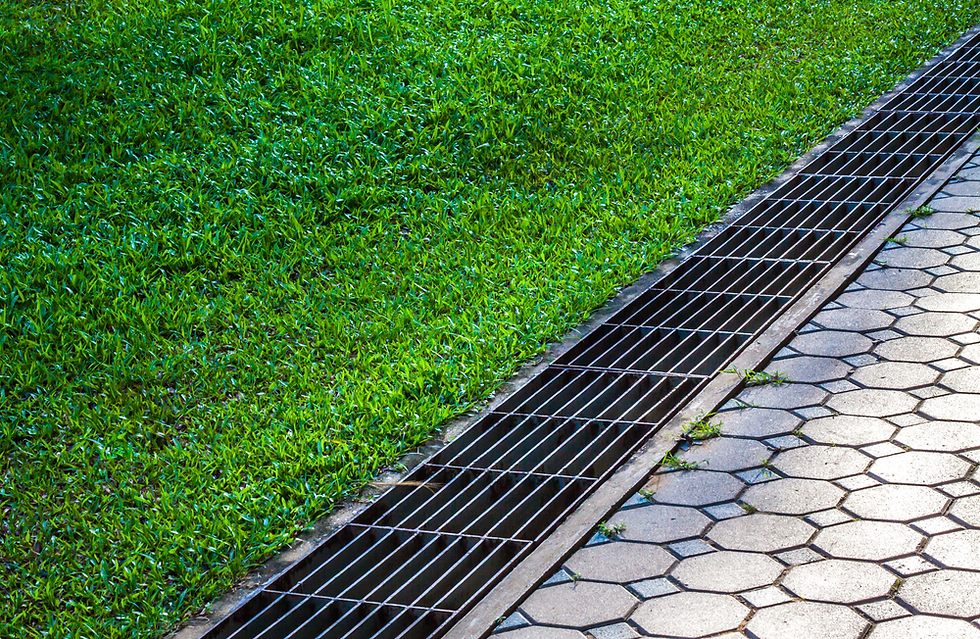Importance of Concrete Waterproofing for Home Improvement
- Mark Simon
- Aug 29, 2016
- 3 min read
Updated: May 15, 2024
Concrete Waterproofing is an important task because the roof is constantly exposed to the harsh climatic conditions, weather changes, and rain. It tends to accumulate the rain water and if this happens then in due course the water will start seeping into the house. If waterproofing is not done, the deterioration of the whole surface will eventually increase. The liquid waterproofing membrane provides effective waterproofing to the rooftop and is very easy to use. The conventional methods of rooftop waterproofing are done by using materials that rigid and do not displace with any variations in temperature which results in causing seepage and cracks again in the future. However, the recent advancements in products used are providing great help in his regard. You can get effective and affordable concrete waterproofing service for your home to protect from many causes of water leaking.

The concrete itself does not watertight and this is the reason why the building needs waterproofing. These days all flat roofs are constructed with reinforced cement concrete and this roof removes all the problems faced by flat roofs except that roof must be made water proof by using the available methods of waterproofing.
The significant factors that contribute to the dampness in the rooftop are:
It can be the water that enters through cracks in the external plaster.
Any failure in pointing might also cause dampness.
The insufficient grouting of stone masonry which may leave a hollow.
Using various incompatible components like RCC lintel bands in the brick masonry walls.
When the external surface has flash of water.
For the roofs to be in a good condition, the water needs to be quickly discharged without letting stagnation. It is crucial to get perfect concrete waterproofing technique. The roof is exposed to rain and sunlight and constantly experiencing the thermal stress that affects the performance and the physical properties. The pre formed waterproofing membranes performs better than the liquid applied membrane. It can bridge over the gaps and the cracks in a better way and are preferred for large roofs. The liquid applied membrane are not very elastic and does not cover the gaps and cracks and are preferred to be used in small roofs and the roofs which have lot of obstructions. Who are waterproofers, and what are their functions in preventing leakages?
Details about the rooftop
The pre formed concrete waterproofing membranes are polymer modified bitumen membranes and are attached with the help of adhesive or by heat. They have enough elongation and recovery properties that make them suitable to protect the roof against stress created by temperature, wind, contraction of the building. Some of the products are modified to increase the resistance to fire while improving their fire rating.
Polyvinyl Chloride (PVC) is another important type of pre formed membrane which is a hard resin and are modified with the addition of plasticizers making it more pliable and supple to use as a roofing membrane. It is incorporated into membrane for providing great stability and strength. They turn soft when they are subjected to heat like all other thermoplastic. The polyurethane waterproofing coating have physical features like super tensile strength, high resistance to impact and perfect dust free, smooth glossy finish which retains up to at least 3 years. It is also resistant to alkalis, acids and they have a very low water absorption rate.
Before applying any kind of roof waterproofing technique, the roof surface needs to be thoroughly cleaned so that the foreign matters are removed. The cracks and the gaps are filled with the waterproofing material and white cement in a ratio of 1:2. A single coat of primer is applied over the roof area by brush as an adhesion coat and is allowed to dry completely. Then the finishing coat also applied with a brush to an even finish of minimum thickness and is allowed to dry before applying the next coat.




.png)





Comments